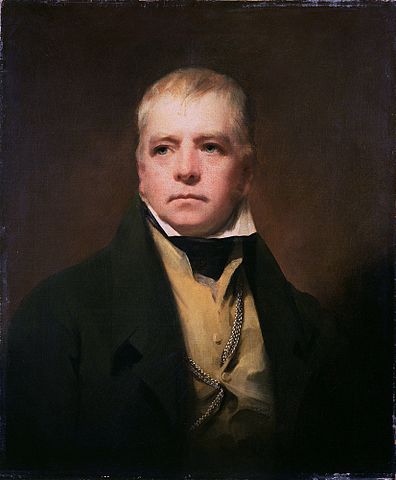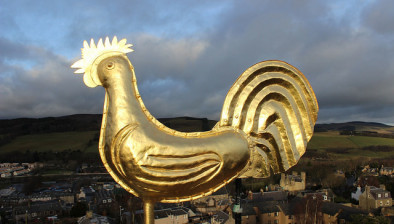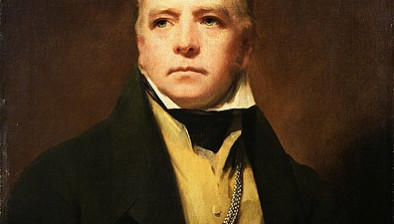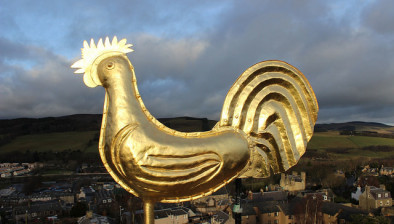Crest of Sir Walter Scott bears no link to slavery, say researchers

Sir Walter Scott
Research has found no evidence that the crest of Sir Walter Scott indicates ties to the slave trade.
After he was granted a baronetcy in 1822, the great writer and advocate created a coat of arms featuring an African man in a loincloth. It had attracted attention as some of his contemporaries used a stylised “Moor” to signify their involvement in the slave trade.
An investigation by Sir Crispin Agnew QC and Professor Gillian Black has found, however, that he adopted the “Moor” from a previous coat of arms, that of his ancestor Lord Haliburton, which predated the slave trade.
They think Scott may have been inspired by the Africans at Falkland Palace, Fife, in the 16th century.
“Africans were present at the court of James IV and would have been familiar to the Haliburtons, which may explain why they were used [on the coat of arms],” they wrote in the journal History Scotland.
The African may also represent Saint Maurice, commander of the Theban Legion of the Roman army.
Professor Black said: “It would have been challenging if any links to slavery had come out but we found absolutely nothing of that sort.
“Our research demonstrated Scott’s passion for history and, in particular, his love of family history.
“One of the things I found particularly fascinating was that Frederick Douglass, the great black abolitionist, took his name from a character in Scott’s work The Lady of the Lake.”
A spokeswoman for the Abbotsford Trust, which maintains Scott’s estate, said: “There is no current intelligence to suggest that Sir Walter Scott was a shareholder in the slave trade or in the colonial plantations, or indeed the bearer of any colonial office, a point of marked contrast with many of his contemporaries.”








